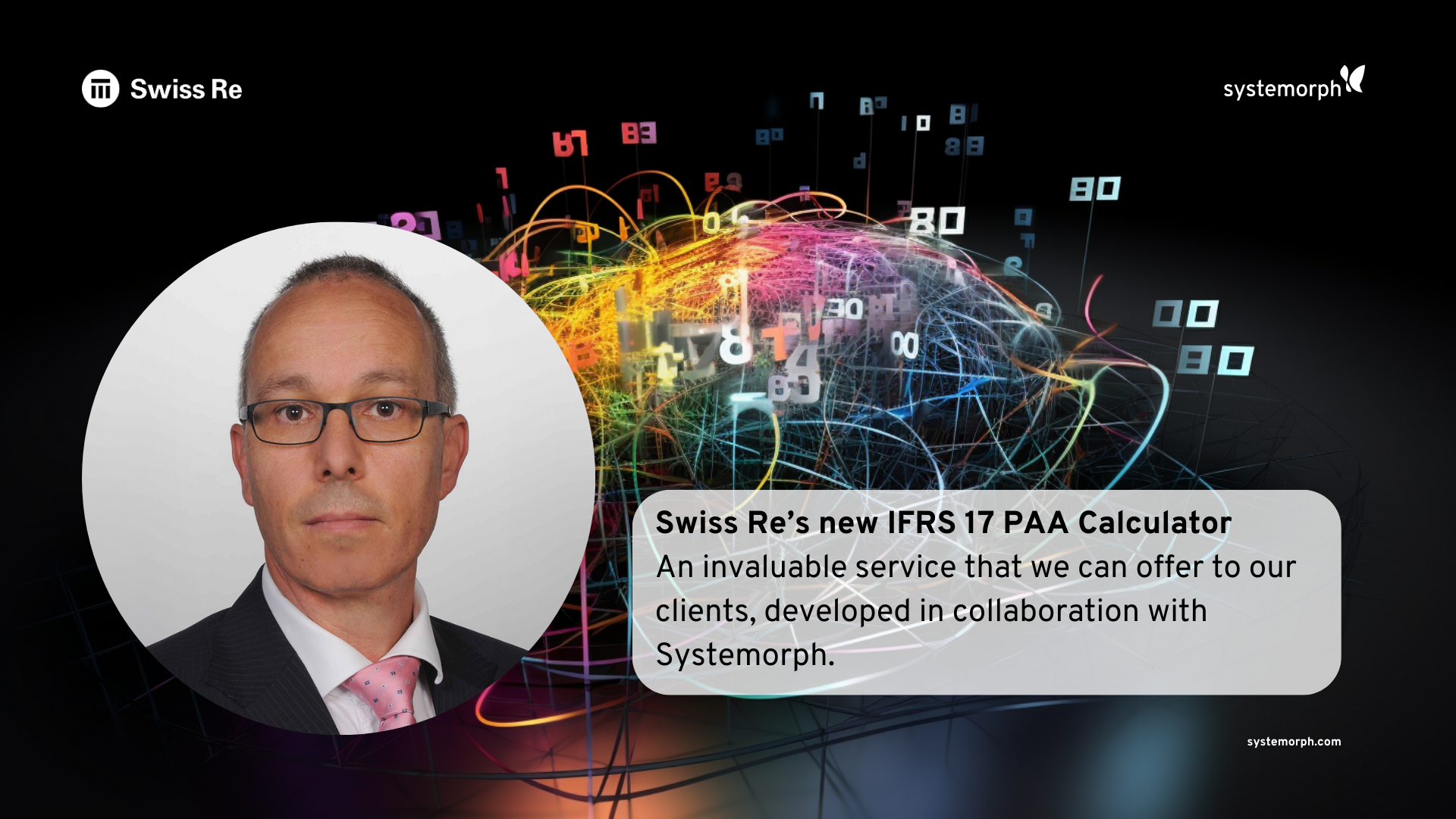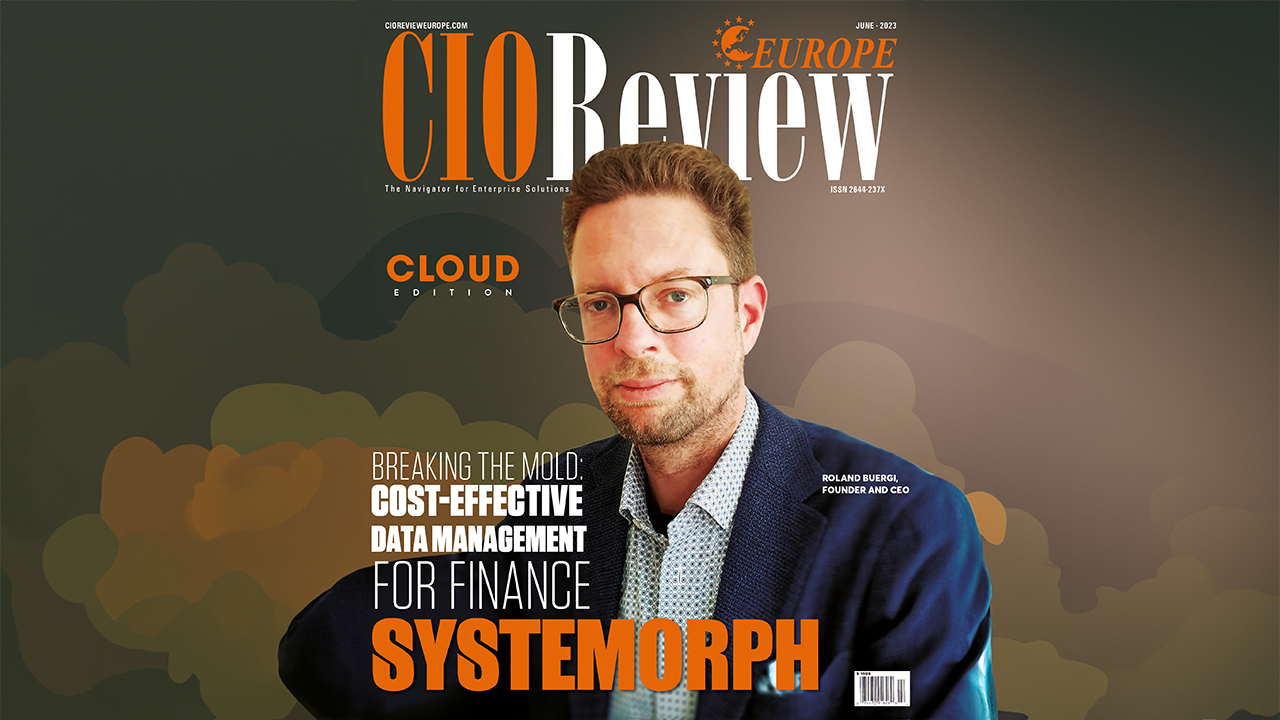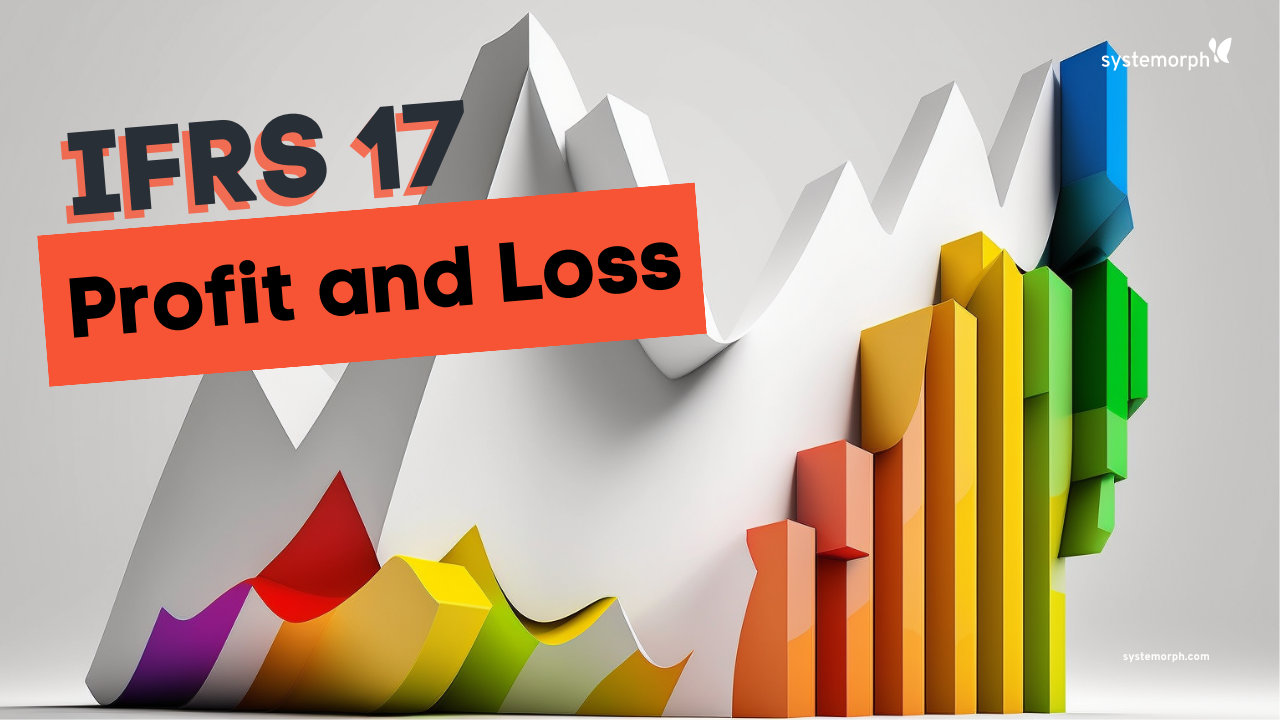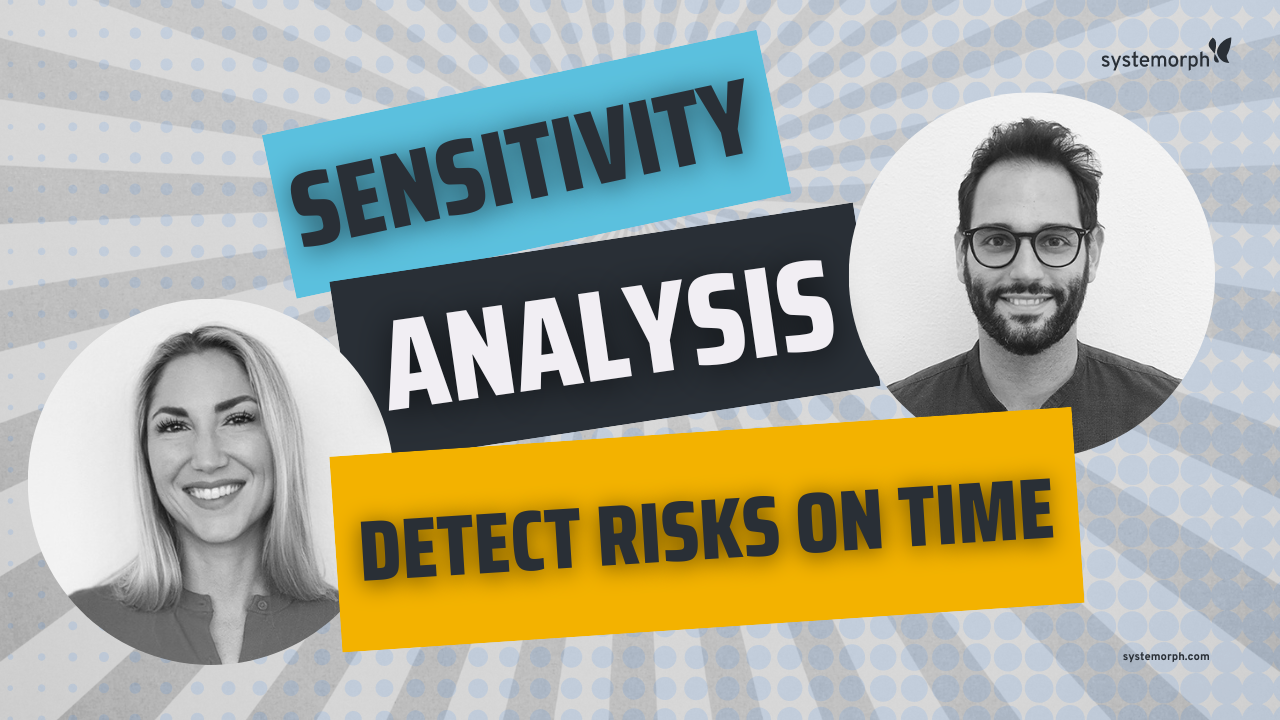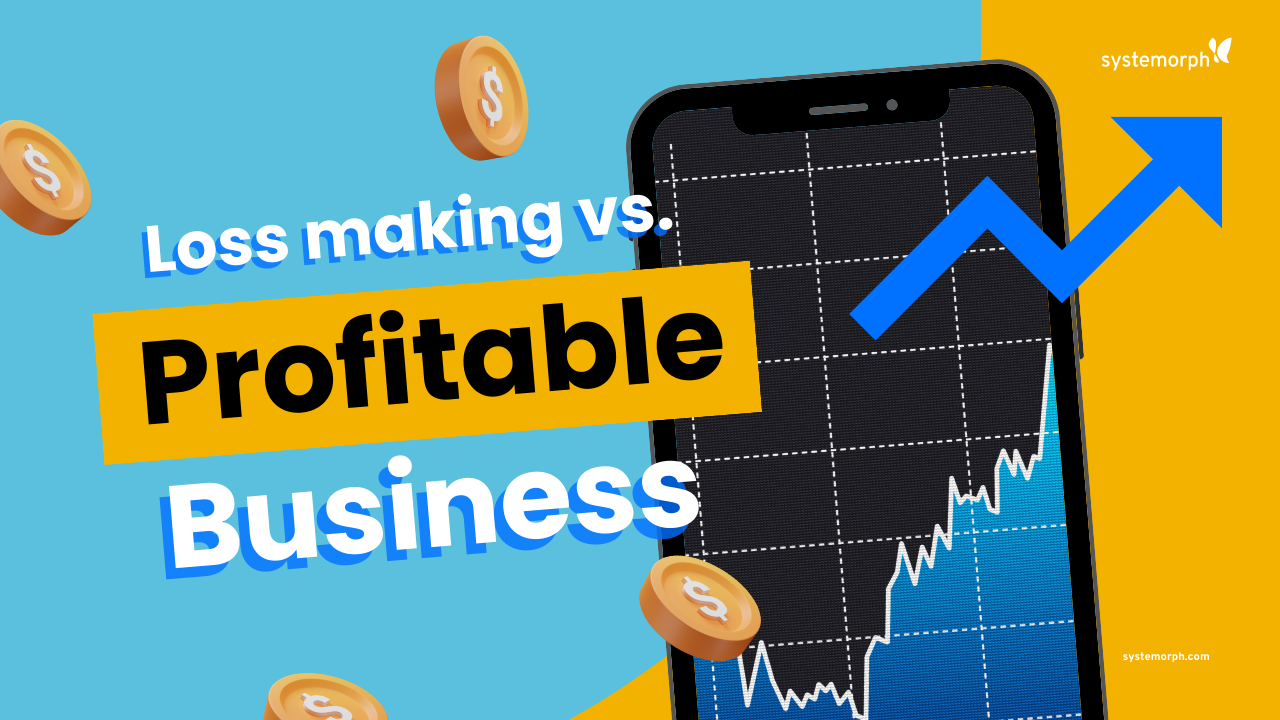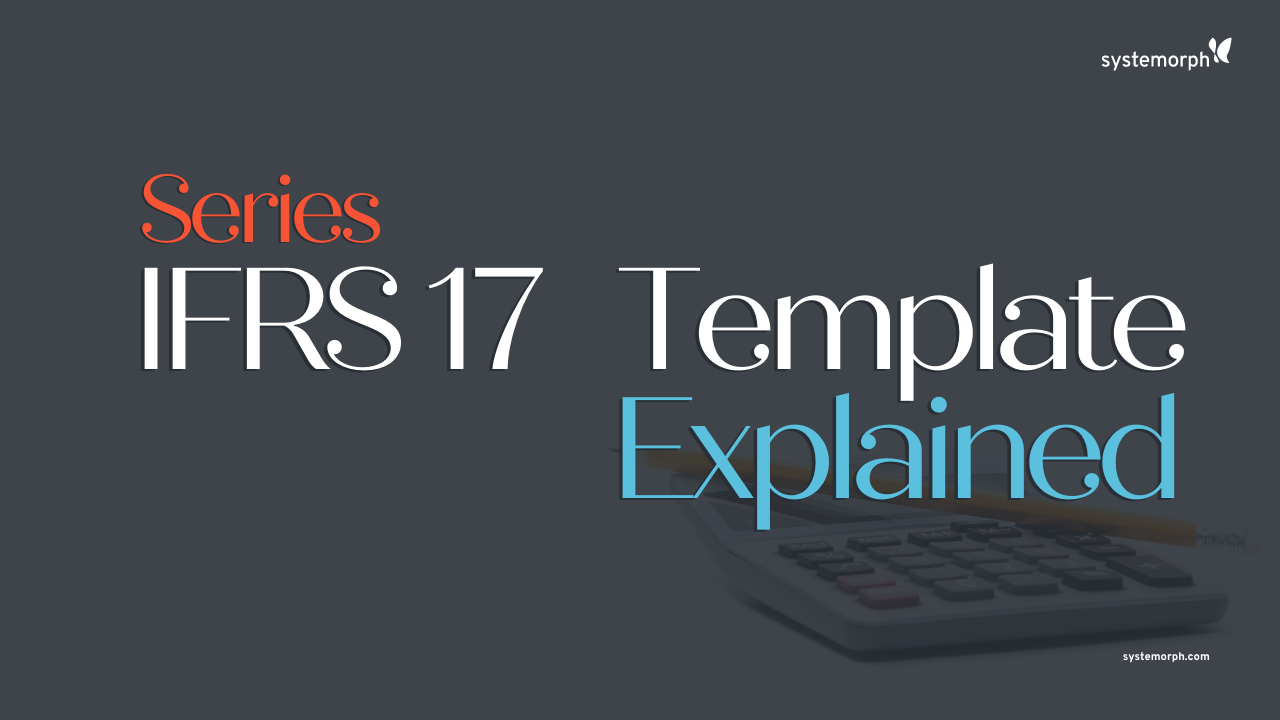Systemorph #techucation:
IFRS17: How to read the full set of financial reports – Part 1
Welcome to Systemorph’s IFRS17 education series #Techucation, a how-to guide for computing IFRS17 financials.
The new standard demands significant changes to the way financial information is presented. This episode aims to guide you on how to best read the full set of disclosure reports.
In the first of this three-part episode, study the Best Estimates and Risk Adjustments of Present Values displayed in the Reports notebook and calculated from the template data shipped with the IFRS17 Project available in the Systemorph Cloud Portal.
To follow the steps presented in this video on your own, first clone the IFRS17 Project in Systemorph Cloud.
Make sure to tune in again for part two where we look at effective cash flows and the actuarial experience adjustment.
- Learn more about Systemorph Cloud
- Meet our Community Team
- Get support with IFRS17
Empowering Swiss Re with an innovative IFRS17 solution to support its clients in evaluating reinsurance transactions.
Claudio Tröhler, Transactional Executive P&C Structured Solutions at Swiss Re, unveils the groundbreaking PAA Calculator, a precision tool custom-built by our team.
Efficient Data Management for Financial Services: A Conversation with Wolfgang Maehr
Working in the Systemorph sales team, Wolfgang Maehr has his ear close to the ground of what challenges insurance and financial services organizations need to overcome and what solutions they might need.
Breaking the Mold: Cost-Effective Data Management for Finance
Systemorph Founder and CEO, Roland Bürgi, sat down with CIO Review Europe to share how Systemorph empowers businesses to streamline their data management processes, achieve higher data quality, and enhance overall efficiency.
Insights from the Developer’s Desk: Ekaterina Mishina on SMAPP 2.0
Senior Software Engineer, Ekaterina Mishina, who goes by Katya, took part in a quickfire question round with us on what you can expect from SMAPP 2.0.
Sensitivity Analysis: operations and techniques
The new IFRS17 standard imposes the insurance industry to disclose different results for each approved scenario, which enables shareholders and analysts to compare sensitivities of different insurers.
Profit and loss statement with the Systemorph IFRS17 report
In this episode of #Techucation, we investigate how to read this information in the Systemorph IFRS17 standard solution and will cover how granularity and degree of aggregation can easily be varied.
#Techucation for IFRS17: Sensitivity Analysis and Financial Modeling
In this episode, we show how would the current closing look like if at the closing date the sensitivity would have occurred and inputs had been different by the specified amount.
#Techucation for IFRS17: Can you differentiate between a loss-making and a profitable business?
In this episode we explain how the future margin is allocated among Contractual Service Margin and Loss Component as prescribed by the regulators under the new IFRS17 standard. We show simple examples to help you understand the basis of business performance analysis.
#Techucation: The Systemorph IFRS17 Template Explained
In this episode, discover how the Systemorph standard solution can aid you with IFRS17 disclosure processes from data collection to reporting.

